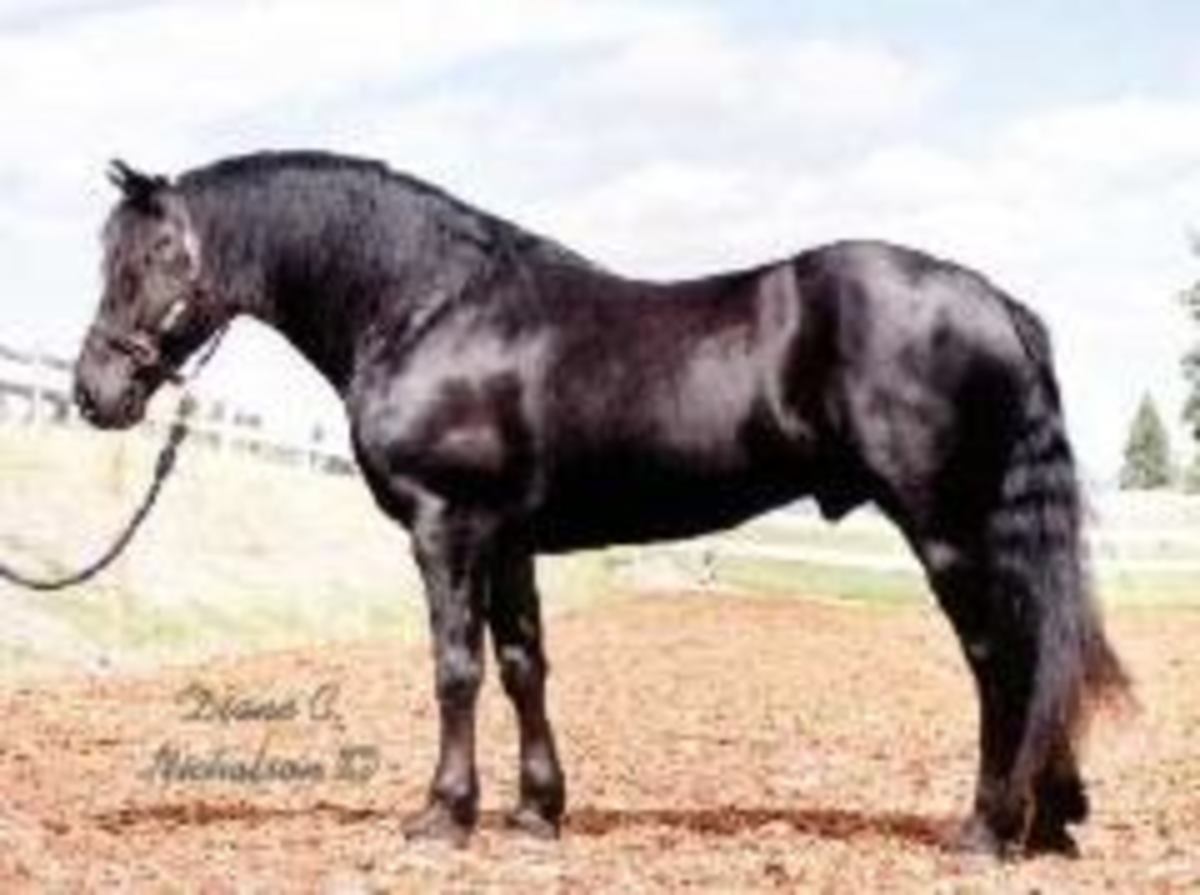Home > Horse Care > Breeding > Breed Profile: Canadian Horse
Breed Profile: Canadian Horse
- July 25, 2019
- ⎯ Equus
Origins
The beautiful Cheval Canadien, or Canadian Horse, can trace its roots back to the stables of King Louis XIV of France. Between 1665 and 1670, the King sent three shipments of stallions and mares of Breton and Norman ancestry to the new French colony. In 1670, the Governor of the colony determined that no more were needed and those horses and their offspring became the basis of a very successful breeding program. Less than 20 years after the last transport of horses from France, horses in the colony numbered almost 700.
Canadian Horses were used for all manner of farm and transportation work. They endured the harsh conditions of their new land, but adapted by becoming a little smaller in size than the foundation horses sent over from France. They became known for their strength and durability and earned the name “The Little Iron Horse.” The hardy Canadian became very popular with British colonists in America and were used extensively as carriage and stagecoach horses and as pack and draft animals in the civil war. They were crossed with the colonists own horses producing horses that could be used on the farm, or as riding horses.
By the end of the 19th Century, so many Canadian Horses had been shipped into America and the West Indies, the pure Canadian was in danger of becoming extinct. In 1886 a stud book was started to help preserve them and in 1895, the Canadian Horse Breeders’ Association was formed.
Appearance
Ranch Lac G Fanfaron Zipper, class “A” inspected stallion owned by Cherry Creek Canadians
Photograph © Cherry Creek Canadians. Used with permission.

Today, the average Canadian Horse stands between 14 and 16 hands. They are very well proportioned and sturdy horses. The ears are small and the eyes are wide set, giving an intelligent and bold appearance. The neck is well arched and set in high to a well-sloped shoulder.
The body is deep with a round barrel and the hind quarters are well muscled, with a high set tail. The mane and tail are luxuriant and the feet are renowned for their hardiness. Black is the most common color, but Canadian Horses may also be bay. brown or chestnut.
Uses
The Canadian Horse is extremely versatile. As has already been mentioned, they have been used for farm work and transportation, Nowadays they are gaining in popularity with competetive driving enthusiasts and can be seen taking in part in carriage driving and combined driving competitions. They can also just as easily turn a hoof to jumping, dressage, western and endurance.





